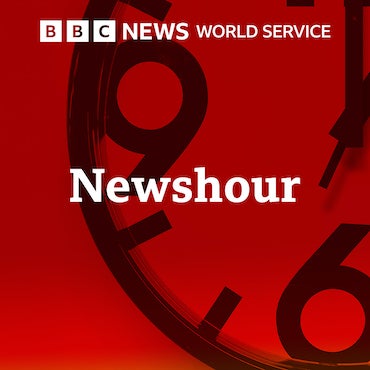Germantown family honors the traditions of Passover and Easter
In our home, we observe both Passover and Easter. That might not qualify us for a Nobel Peace Prize, especially here in multicultural Northwest Philadelphia, but it is nonetheless a source of pride to us, and a rewarding experience.
I was raised Catholic. My wife is Jewish. She was born in Haifa, Israel, and speaks fluent Hebrew. Our decision to observe both Christian and Jewish holidays was not so much a mutually magnanimous act of compromise as it was a stubborn refusal on both of our parts to give up our cherished traditions. In the process, however, we came to gain not only a deeper understanding of each other’s religions, but of our own as well.
Our son, who is 12, spent his foster care years with an evangelical family. He fancies himself a bible scholar, and has even won awards for his encyclopedic knowledge of scripture. He is familiar with many of the great stories of Judeo-Christian heritage, sometimes more than we are. His youthful idealism regularly shames us into good behavior, and his presence in our lives only strengthens our will to keep all of our traditions alive.
Integrating different religious view points into our family dynamic creates an environment that demands an atmosphere of mutual respect. All three of us come from ancestry where religion and ritual were important sources of strength and hope. We come together as a family with different pasts, but in search of a common future that can incorporate all of our values.
So the weekend of April 6 will be a busy one for us, with Passover beginning Friday and Easter on Sunday. And just in case you were thinking that we’re not unconventional enough, we’re also vegans, which provides an added twist to the food preparation.
Our Passover meal will consist of matzos, vegan chicken soup (with seitan, a meat substitute), Hungarian goulash (my wife’s mom’s recipe), potatoes, and salad. We end the meal with vegan carrot cake.
On the ceremonial Passover plate, we substitute a carrot for the shank bone and tofu for the egg. There are prayers over the food and washing of hands. We read selections from the Passover Haggadah and do a lot of singing. Our son even knows a bit of Hebrew, thanks to one of his favorite singing groups, the Maccabeats. We open the door for Elijah and fill a goblet for him. There are the four questions that the child asks. Finally, we pray for the liberation of all God’s creatures, humans and animals alike.
On Easter we take in a service at a local church of our choosing. Sometimes I sing along, but mostly I like to remain silent and take it all in. From the sad strains of “Were You There,” on Good Friday to triumphant hymns like “Jesus Christ is Risen Today” on Easter Sunday. I’m especially moved when the congregation files up to communion — people of all ages and abilities, peaceful and humble in the presence of a Higher Power. It’s always a powerful experience for me.
After church, we’ll all go for a stroll in our Easter finery, down Forbidden Drive or through the arboretum. Later it’s home for dinner with family and friends. We’ll sit down to a main course of cabbage stuffed with rice and pine nuts, with lots of vegetable sides.
Some of my fondest childhood Easter memories are of spending the day at the home of my Uncle Charles and Aunt Ethel. There was always an Easter egg hunt, with a toy or prize inside every egg. There was plenty of candy-chocolate bunnies and marshmallow Peeps with the consistency of Styrofoam.
The kids in our circle today are a bit too old (and too cool) for Peeps and egg hunts now, but they’ll still have fun shooting hoops or watching YouTube while we adults catch up on each other’s very busy lives.
Preserving traditions and creating new ones is most definitely worth the effort. From our household to yours, no matter what kind of goulash you’re making, have a wonderful time.
WHYY is your source for fact-based, in-depth journalism and information. As a nonprofit organization, we rely on financial support from readers like you. Please give today.

